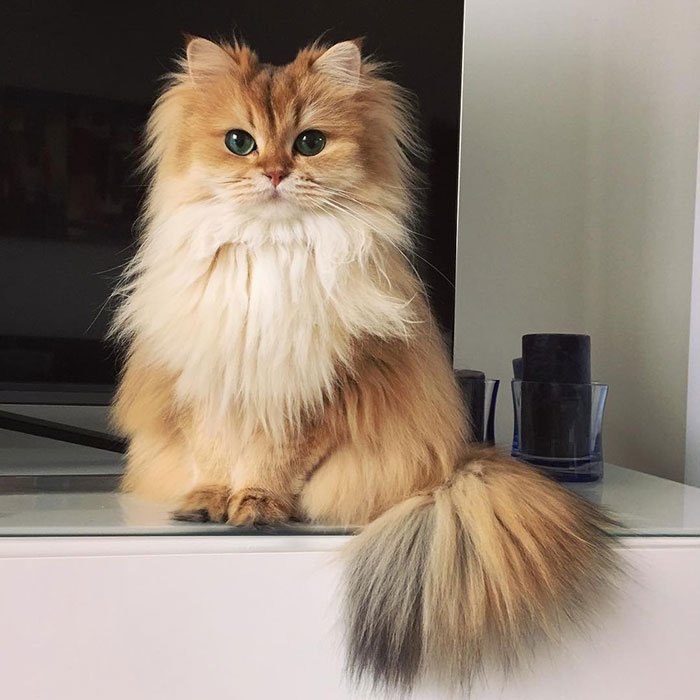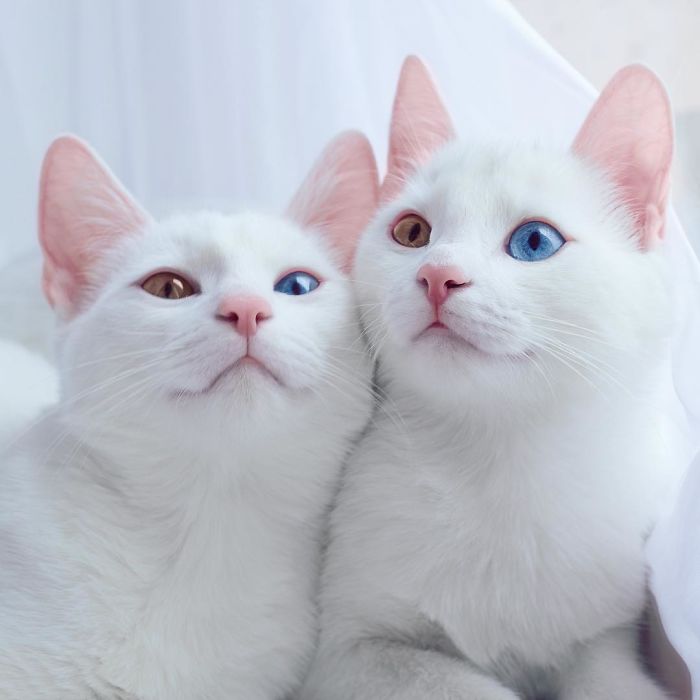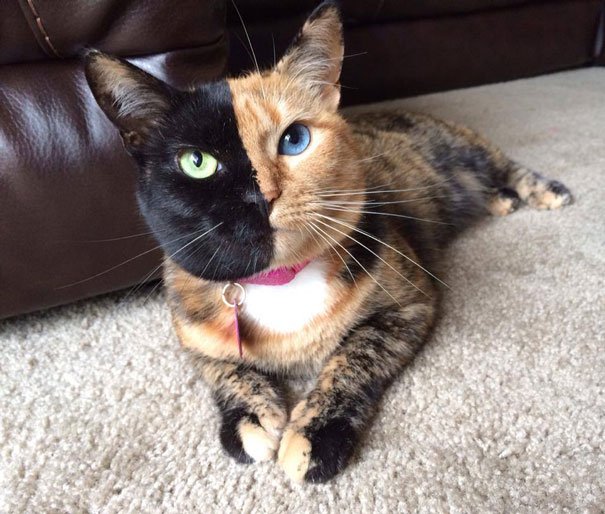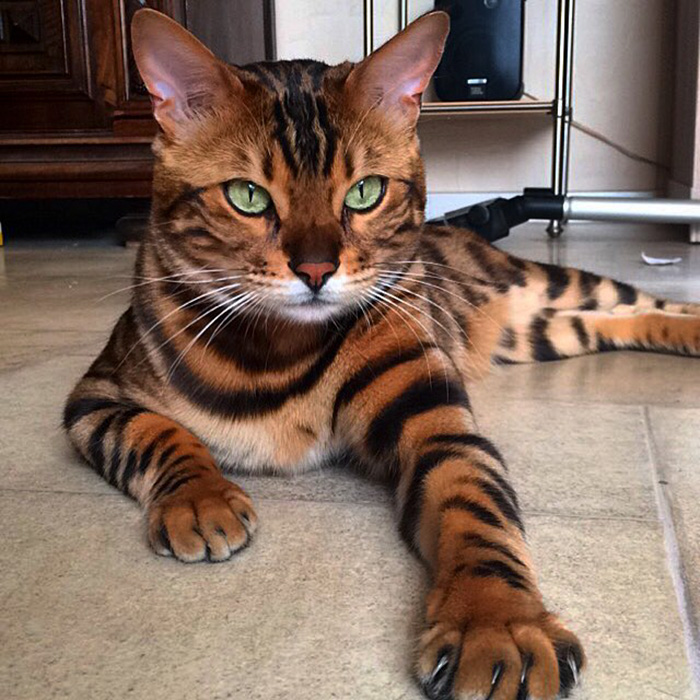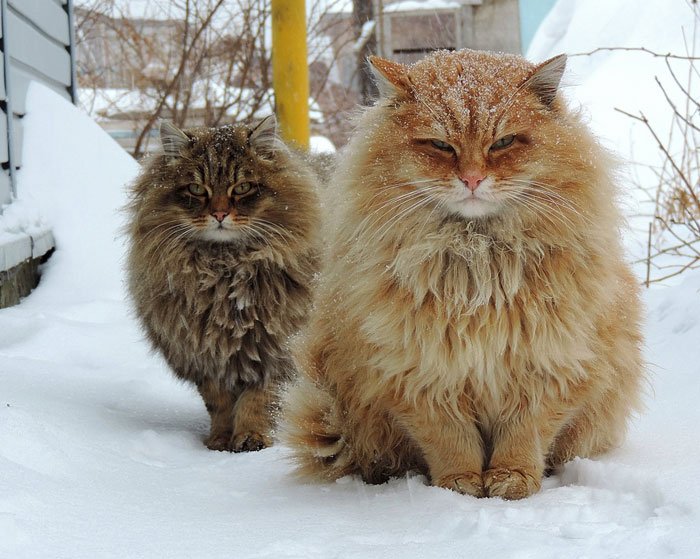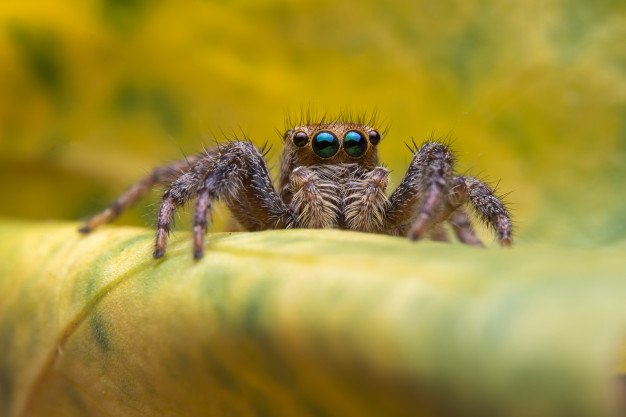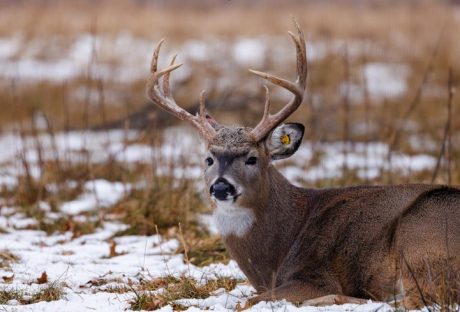Cats are mysterious and beautiful creatures on this earth. Who does not wants to have beautiful cats in there home? They add extra elements to your home.
Cats are not only loved by children but also by adults. They have beautiful eyes with amazing furs and mesmerizing figures to capture all your attention towards them.
They are intended to teach us that not everything in nature has a purpose. Top cat breeds are like music, it is unwise to teach their deserving to those who don’t appreciate them.
So not making you wait any further,
Here are the top 10 world’s most beautiful cats:
1. Smoothie Cat (Photogenic Cat of the World):
Smoothie is also known as “British longhair cat”. She is a beautiful cat who knows how to pose for a camera. She lives in the Netherland with her owner. Her color is golden and silver shaded.
Smoothie is not like any other ordinary cats. She also has an Instagram profile with more than 2 million followers. She is five years older and has beautiful eyes with longhairs.
2. Coby The Cat:
Coby The Cat has the most beautiful eyes in the world. This cat is born on 23rd March 2015 in the UN (United States) but currently is in California.
Coby has a silver shaded British shorthair. Coby has cobalt eyes(blue eyes) and that is the reason this cat got the name ‘Coby’. This cat has almost half a million followers and is a beautiful cat.
3. Iriss and Abyss – Twin Cats:
Iriss and Abyss are the two most beautiful and wonderful twin cats in the world. These sisters stay in Saint-Petersburg and both are 9 months old. Their eyes are of different colors that means they have heterochromatic eyes.
Many people say that those who have eyes of different colors(even the animals) then it means that they have the ability to see both world i.e., of the living and the dead. These twins are gorgeous cats.
4. Venus (Two-Faced Cat):
Venus is an American tortoiseshell cat who is born in 2008 or 2009. This cat has a face half red tabby and half black. This Chimera cat is a canonical internet cat celebrity. She has gained much popularity because of her two-colored face.
She has heterochromatic eyes that mean both eyes are of different colors. Venus was adopted by a couple in North Carolina. She has gained many followers and views on different social sites.
5. Thor, The Bengal Cat:
Thor is the most beautiful Bengal cat in the world. He has electric green eyes and leopard-colored fur that is really incredible.
This cat is a mix of a domestic cat and a leopard and it is one of the reasons that he became an internet sensation. He has a short hair breed with lean and long bodies. He is cuddling and loving most of the time and wants to be treated as a dominant king in the house. This cat is one of the most beautiful cats in the world.
6. Siberian Cats:
Siberian cats are a glamorous native cat with a thick and protective coat since the 1980s. This cat usually weighs up to 8 to 18 pounds(size may also vary) and is regarded as an ancient cat.
Siberian cats should be cared for properly by combing and brushing twice a week to avoid any types of mats or tangles. Their nails must be trimmed properly and wiping the corners of the eye should be a must.
7. Scottish Fold Boy Muta:
The Scottish Fold is a kind of domestic cat that has a naturally dominant gene variation that attacks cartilage all over the body. This cat is the most beautiful cat.
Originally called lops or lop-eared after the lop-eared bunny. Scottish Fold is varyingly known as Scottish Fold Longhair, Coupari, Highland Fold, and Longhair Fold.
Take Away
Above mentioned cats are the world’s most beautiful cats in 2020. These cats have beautiful features with mesmerizing figures and very rare.
Cats are like a blessing to us, they add an extra adventure to our home. Just think to spend most of our time with the most beautiful cat in the world.
Therefore, Buy a beautiful cat for your home and make others jealous of you!
Feel free to ask any queries if you have in the comment section below.
Read Also:














